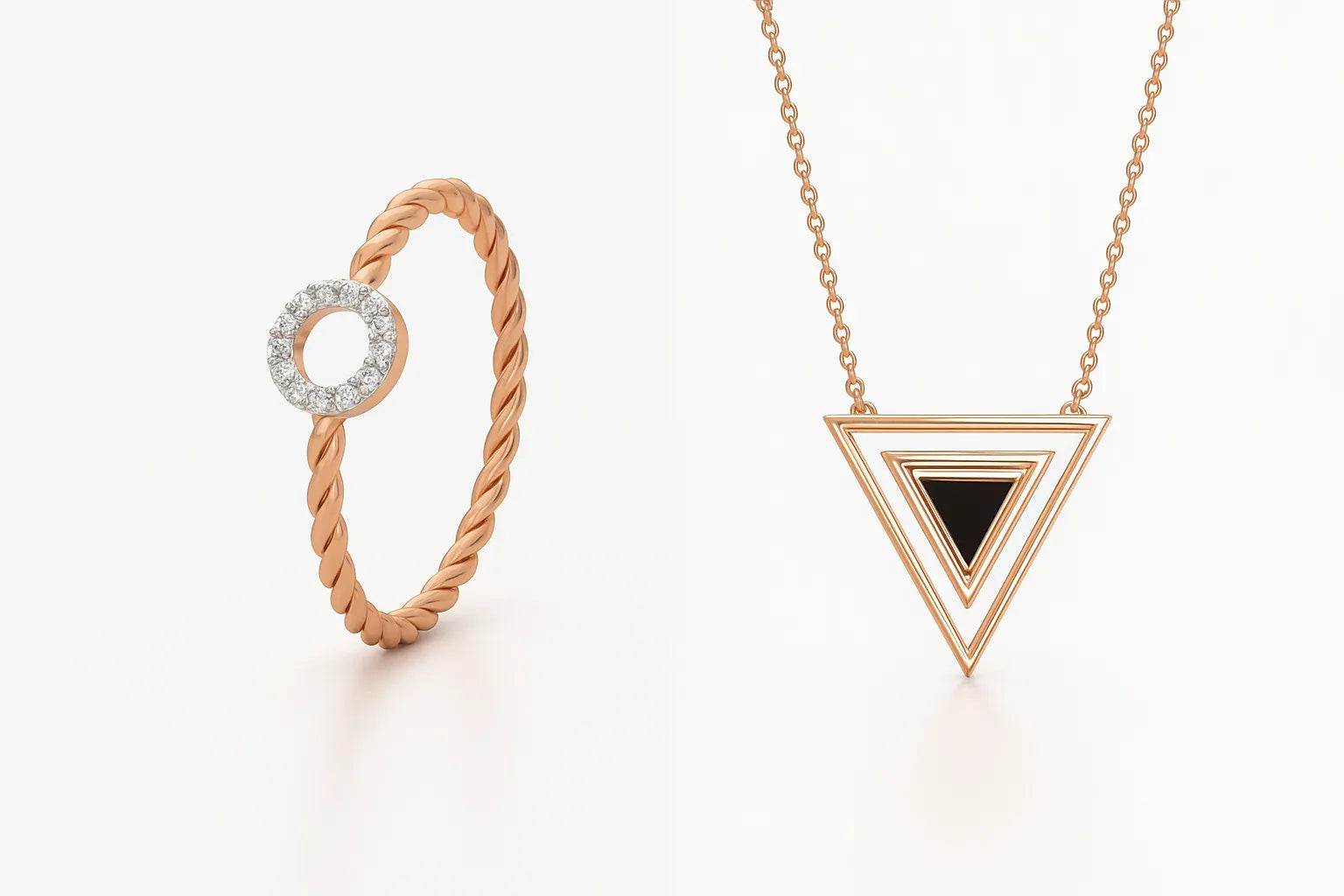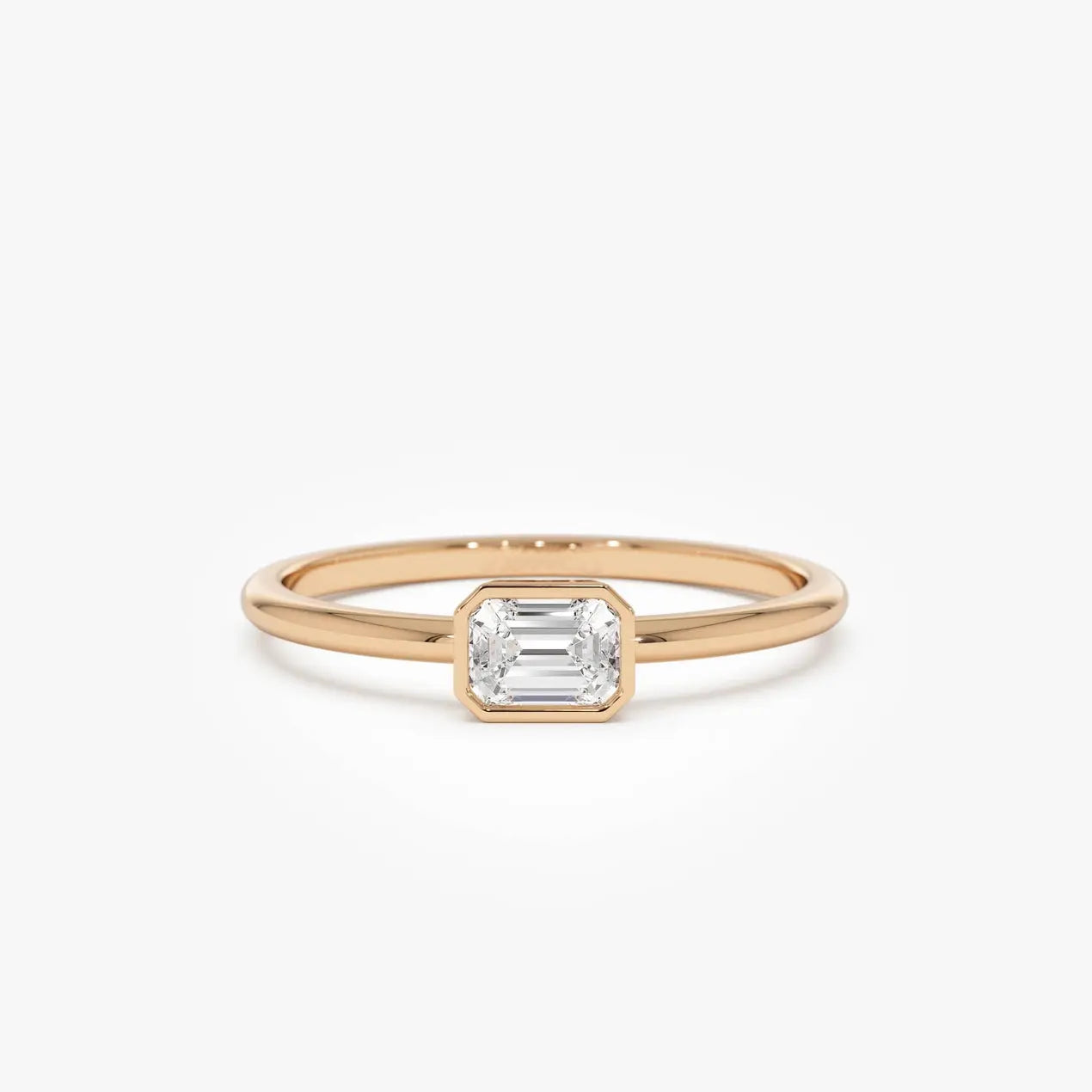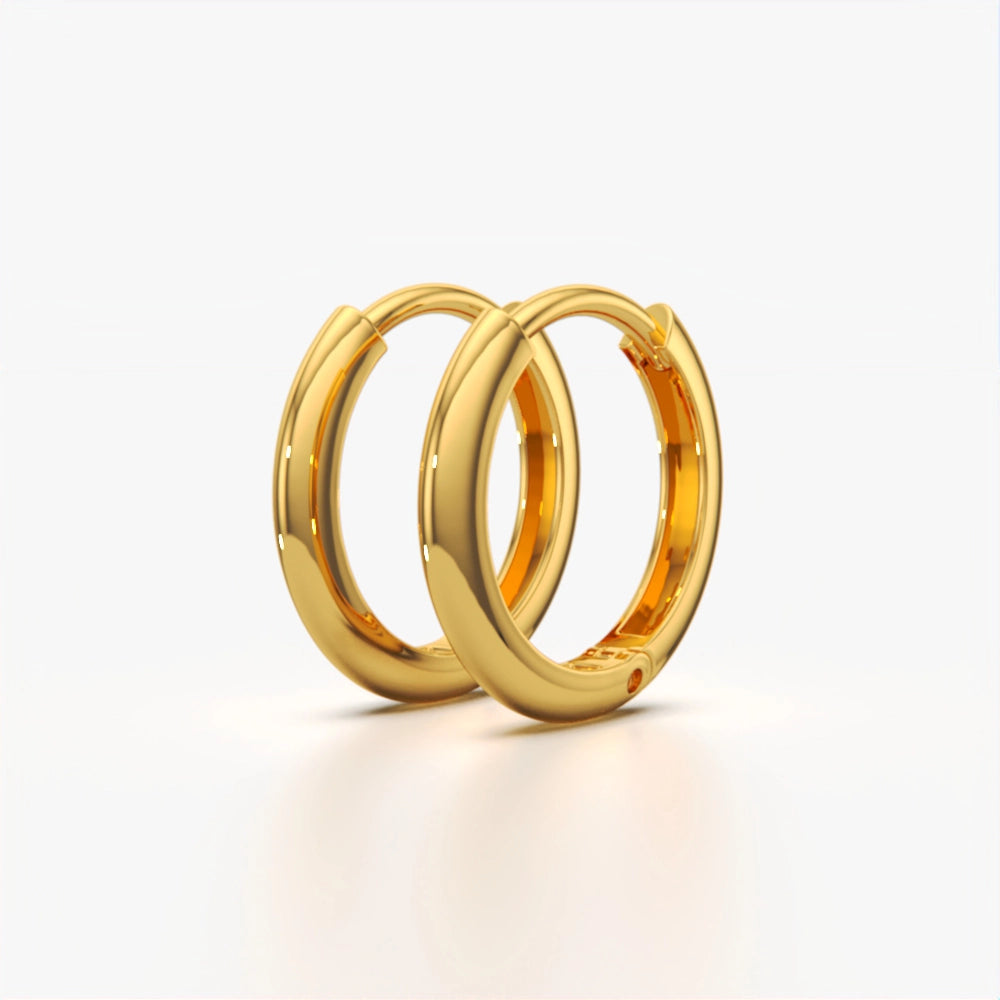What is Rose Gold? The Elegant Alloy Taking Over Modern Jewellery
Rose gold has become a symbol of elegance, warmth, and romance in the jewellery world. Loved for its soft blush tones and luxurious appeal, this unique alloy is now a staple in both fine jewellery and everyday accessories. But what exactly is rose gold, and why is it so popular today?
Let’s dive deep into its history, composition, and how KYMEE’s 18K Gold Vermeil Jewellery, including their stunning 18K Rose Gold Vermeil collection, perfectly captures its timeless beauty.
Understanding the Beauty of Rose Gold
The Origins of Rose Gold
Rose gold, also known as "pink gold" or "red gold," originated in Russia during the 19th century. It was once referred to as “Russian Gold” due to its popularity in Russian jewellery design. Over time, its romantic hue spread globally, becoming a fashion-forward choice for those seeking something beyond traditional yellow or white gold.
How Rose Gold is Made
The Blend of Gold, Copper, and Silver
Rose gold isn’t pure gold; it’s an alloy. The soft pink tint is achieved by mixing yellow gold with copper and a small amount of silver.
Why Copper Gives Rose Gold Its Unique Hue
The higher the copper content, the deeper the rose tone. That’s why rose gold can range from soft blush pink to a rich, almost red hue.
The Rise of Rose Gold in Jewellery
Rose Gold Through the Ages
In the 1920s, Cartier’s iconic “Trinity Ring” introduced rose gold to high-fashion circles. Since then, rose gold has cycled in and out of popularity but has firmly cemented its place in contemporary jewellery design.
Why Rose Gold is So Popular Today
- Versatility: Complements all skin tones.
- Romantic Appeal: Symbolises love and elegance.
- Modern Luxury: Blends vintage charm with modern trends.
Comparing Rose Gold with Other Gold Types
Rose Gold vs White Gold
White gold feels sleek and contemporary, while rose gold offers warmth and uniqueness.
Rose Gold vs Pure Gold
Pure gold (24K) is too soft for jewellery. Rose gold, being an alloy, is more durable and wearable daily.
What is 18K Gold Vermeil?
18K gold vermeil is a type of high-quality gold-plated jewellery. It’s different from standard gold-plated pieces due to stricter material and thickness requirements. Here’s what it means:
Gold vermeil (pronounced "ver-may") is a combination of:
- A base metal of sterling silver (92.5% pure silver)
- A thick layer of gold, in this case 18-karat gold
Key Requirements for Gold Vermeil:
- Base metal must be sterling silver
- Gold must be at least 10 karats
- The gold layer must be at least 2.5 microns thick
The Difference Between Gold Vermeil, Plated, Filled, and Solid Gold
| Type | Base Metal | Gold Purity | Gold Thickness | Durability |
|---|---|---|---|---|
| Gold Vermeil | Sterling silver | 10K–24K (here 18K) | ≥ 2.5 microns | High (but still wearable over time) |
| Gold Plated | Any (often brass) | Usually 10K–18K | < 0.5 microns | Lower – wears off faster |
| Gold-Filled | Brass core | 12K–14K usually | ~100x thicker than plated | Very durable |
| Solid Gold | N/A | 10K–24K | 100% gold | Most durable |
Why Choose 18K Gold Vermeil Jewellery
It offers the elegance of gold at a fraction of the cost while maintaining durability and quality.
KYMEE’s 18K Gold Vermeil Jewellery
Modern 18K Gold Vermeil Pieces
KYMEE offers timeless designs crafted with precision, perfect for everyday elegance.
Elegant 18K Rose Gold Vermeil Jewellery
For those who adore the romantic glow of rose gold, KYMEE’s 18K Rose Gold Vermeil Jewellery delivers sophistication and charm in every piece.
Why Customers Love KYMEE Jewellery
- Premium quality craftsmanship
- Affordable luxury
- Versatile styles for both minimalists and trendsetters
How to Style Rose Gold Jewellery
Everyday Wear: Minimalist Rose Gold Jewellery
Simple rose gold earrings or dainty necklaces make perfect daily accessories.
Statement Pieces for Special Occasions
Chunky rose gold rings and layered necklaces elevate evening outfits.
Mixing Rose Gold with Other Metals
Rose gold pairs beautifully with white gold or silver, creating a trendy mixed-metal look.
Caring for Rose Gold Jewellery
Cleaning Tips
Use a mild soap solution and a soft cloth to restore shine.
Storage Advice
Keep jewellery in separate pouches to avoid scratches.
Maintenance for Long-lasting Shine
Avoid harsh chemicals, and polish gently to maintain brilliance.
Conclusion
Rose gold is more than just a trend; it’s a timeless symbol of beauty, romance, and modern elegance. Whether you’re drawn to its soft blush tones or its versatile styling options, KYMEE’s 18K Gold or Rose Gold Vermeil Jewellery collections are perfect for elevating your look.
Embrace the charm of rose gold today with KYMEE and let your jewellery tell a story of timeless sophistication.
FAQs
-
Is rose gold real gold?
Yes, rose gold is a genuine alloy made of real gold, copper, and silver. -
Does rose gold tarnish?
Rose gold doesn’t tarnish but may darken slightly over time due to copper. -
Is rose gold more expensive than gold?
The price is usually similar, depending on the copper content and craftsmanship. -
Who looks best in rose gold jewellery?
Rose gold flatters all skin tones, making it universally appealing. -
Can rose gold be worn every day?
Absolutely. Rose gold’s durability makes it suitable for everyday wear. -
What makes KYMEE’s 18K Rose Gold Vermeil special?
KYMEE combines luxury, affordability, and craftsmanship, offering jewellery that looks and feels high-end without the hefty price tag. -
Is rose gold an affordable gold?
Yes, rose gold is often slightly more affordable than yellow or white gold, depending on the mix of metals used. -
Is rose gold worth more than gold?
No, rose gold is not usually worth more than pure gold. Its value depends on the gold content (karat), not the colour. -
Can you shower in rose gold?
Yes, you can, but it’s better to avoid it. Soap and water can dull its shine over time. -
How long will rose gold last?
Rose gold is durable and can last a lifetime with good care. It doesn't tarnish easily. -
How to keep rose gold shiny?
- Clean it gently with mild soap and warm water
- Use a soft cloth to polish
- Store it in a dry, soft pouch
- Avoid harsh chemicals and rough surfaces
 Best Seller
Best Seller
 New In
New In
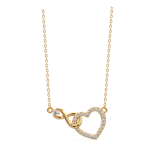 Necklaces
Necklaces
 Rings
Rings
 Bracelets
Bracelets
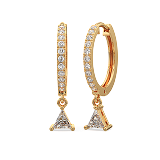 Earrings
Earrings
 Personalized
Personalized
 Mangalsutra
Mangalsutra
 Vibe Combo
Vibe Combo




































